Retro Replay Review
Gameplay
Overlander throws you into the dusty, sun-scorched highways of a post-apocalyptic wasteland where every mile you travel comes with the threat of armed ambush or high-speed ramming attacks. At its core, the game melds classic behind-the-car driving mechanics reminiscent of Roadblasters with more strategic resource management. You juggle two simultaneous missions—one offering a flashy payday for the bold, and one slightly safer but with slimmer returns. Choosing between immediate cash or a steadier, less risky approach becomes a constant strategic tug-of-war.
(HEY YOU!! We hope you enjoy! We try not to run ads. So basically, this is a very expensive hobby running this site. Please consider joining us for updates, forums, and more. Network w/ us to make some cash or friends while retro gaming, and you can win some free retro games for posting. Okay, carry on 👍)
Before each run, you visit the garage to outfit your armored vehicle with a selection of upgrades. Turbochargers give you fleeting bursts of speed, while reinforced armor can soak up incoming fire—but these enhancements wear down with each skirmish. Weapon upgrades are similarly temporary, prompting you to weigh the benefits of a heavy cannon blast against the possibility of running dry at a critical moment. This limited lifespan for gear adds a layer of tension to every decision, as you never know when you’ll be caught short in a high-stakes chase.
Once you hit the road, Overlander’s combat rhythm truly shines. Enemy vehicles employ a mix of aggressive ramming tactics and pinpoint shooting, forcing you to constantly shift between evasive driving, well-timed boost usage, and offensive fire. The roads themselves are in disrepair—potholes, crumbling asphalt, and debris fields serve as both hazards and tactical tools. Skilled players will learn to use the environment to their advantage, nudging foes into obstacles or timing their creeps through narrow passages to evade incoming fire.
Graphics
Overlander’s visuals deliver a gritty, sun-bleached world that feels convincingly ravaged by years of decay. The color palette leans heavily on rusted oranges, ashen grays, and the occasional burst of neon from a rival car’s exhaust or weapon fire. This contrast helps ensure that essential gameplay elements—enemy vehicles, upgrade pick-ups, mission markers—stand out against the barren backdrop.
Environmental details, such as crumbling overpasses, abandoned billboards, and scrambling sand dunes, are rendered with surprising clarity given the game’s arcade-action emphasis. While not aiming for hyper-realism, the textures convey a tangible sense of wear and tear that immerses you in this harsh, unforgiving world. Frame rates remain smooth even when the screen fills with shrapnel, explosions, and dozens of aggressive AI opponents weaving in and out of your sights.
User interface elements, including your health bar, ammo count, and current mission payout, are crisply integrated into the lower corners of the screen. This unobtrusive design ensures that you’re never hunting for vital information, allowing you to focus on the road ahead and react quickly to incoming threats. Animations—be it a turret rotating or a tire shredding off—feel responsive and polished, rounding out an overall presentation that punches well above its weight class.
Story
Set decades after society collapsed under the weight of environmental catastrophes and civil unrest, Overlander positions you as an upstart courier in a world dominated by well-armed gangs. With established Overlanders controlling the arteries of trade, you’re a small engine trying to muscle your way into a monopoly on transport routes. Each assignment, from hauling irradiated supplies to ferrying luxury contraband, spills a bit more of this world’s lore.
While the story unfolds mostly through mission briefings and fleeting radio chatter, the sense of danger and competition permeates every segment of the narrative. Rival drivers taunt you over open channels, and scattered roadside notes hint at the twisted fates of those who came before. The lack of a sprawling cutscene-filled plot keeps the focus squarely on immediate thrills, but the atmospheric world-building rewards players who savor the small details.
Progression through the story is tied directly to your financial success. Deliveries completed quickly and with minimal damage net you bigger payouts, which can be reinvested into better gear to tackle the next high-paying but hazardous run. This cyclical loop of mission risk, reward, and narrative thrust keeps you engaged without bogging you down in exposition, ensuring the pace never falters.
Overall Experience
Overlander offers a potent mix of visceral driving action and strategic planning. Every mission feels like a high-stakes negotiation between your nerve and your wallet—will you push your battered turbo for that final stretch, or play it safe and risk losing half your hard-earned cash? This dynamic risk-reward balancing act keeps each run fresh and unpredictable.
Though the game’s story remains lean, its relentless focus on tightly woven gameplay loops and atmospheric world-building creates a compelling package for fans of arcade-style action. The learning curve is approachable, but mastering the art of when to boost, when to fire, and when to lay low can become deeply satisfying. Gear degradation mechanics add a unique twist, turning every kilometer into a resource management puzzle.
For potential buyers seeking a fast-paced, adrenaline-fueled driving shooter with a dash of tactical depth and a richly realized post-apocalyptic setting, Overlander is a strong contender. Its polished graphics, responsive controls, and high replayability make it easy to recommend for anyone eager to carve out their legacy on the wasteland’s most dangerous roads. Just remember: in Overlander, fortune favors the bold—and the well-armored.
 Retro Replay Retro Replay gaming reviews, news, emulation, geek stuff and more!
Retro Replay Retro Replay gaming reviews, news, emulation, geek stuff and more!
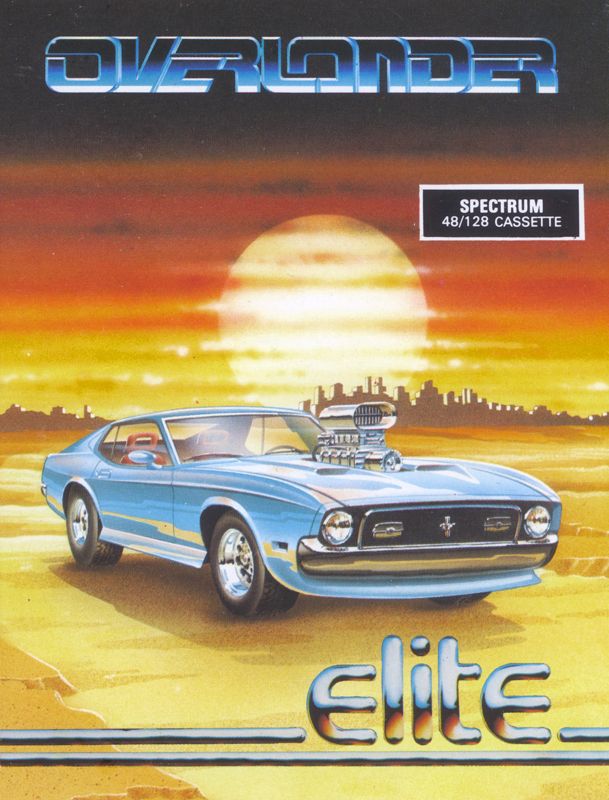
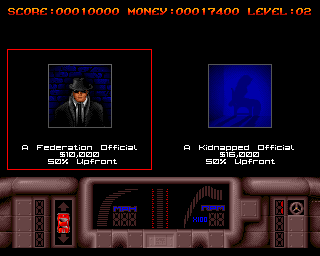
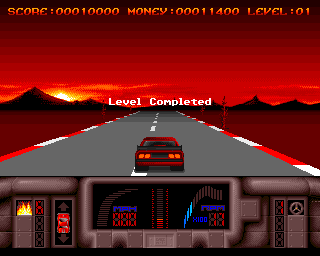

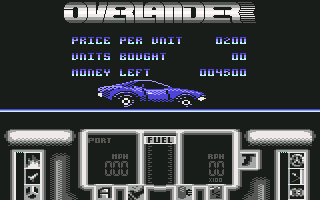
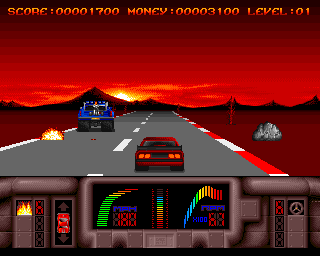

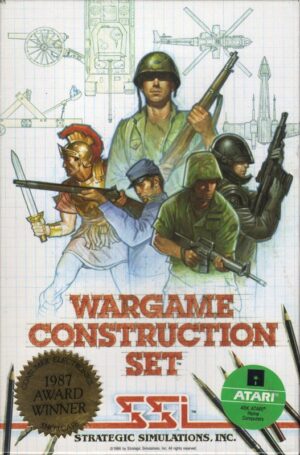

Reviews
There are no reviews yet.